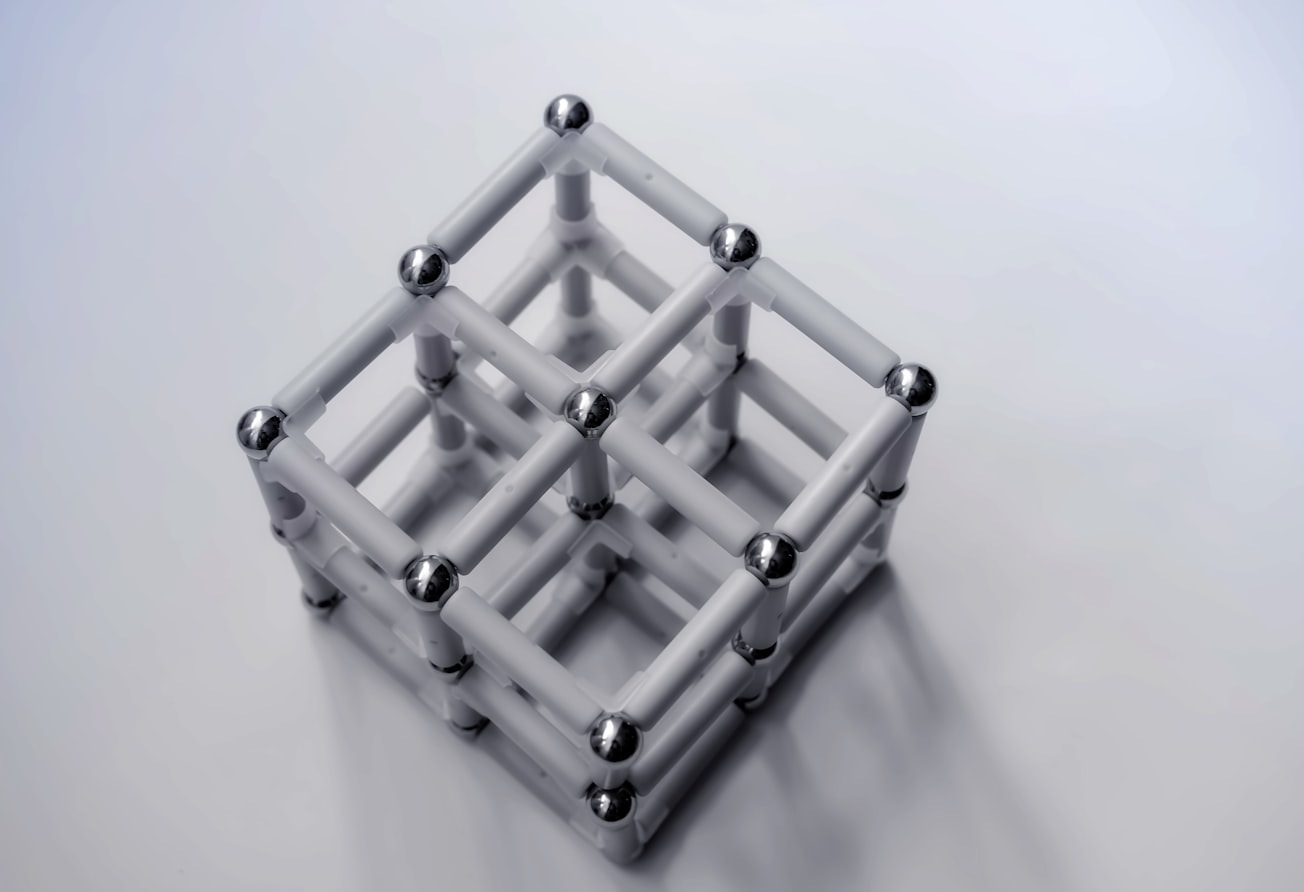What is it about?
This scientific publication talks about carboranes, molecules made up of carbon, boron and other elements, including iron and sulfur. We have studied these complex molecules by using different types of experiments like infrared and NMR spectroscopy. We found that this molecule can form stable charge-transfer salts with certain other molecules. These salts are magnetic at low temperatures but not because of the organic part of the molecule. We have also looked at the structure of one of these salts using X-ray diffraction, which showed that the two different types of molecules are arranged in a specific way.
Featured Image

Photo by Roberto Sorin on Unsplash
Why is it important?
The synthesis and characterization of carboranes like the one described in this scientific publication is important because it can help understand the fundamental properties and behavior of molecular entities. By studying the structural and magnetic properties, scientists can develop a deeper understanding of how physical properties result from a certain molecular architecture. The formation of stable charge-transfer salts between this complex molecule and guest molecules could have potential applications in areas such as materials science, electronics, and catalysis. The magnetic properties of these salts could also be useful in the development of new technologies, such as magnetic data storage or MRI machines. Overall, while the research described in this publication may seem highly technical and specific, it has the potential to contribute to a broader understanding of chemistry and to the development of new technologies that could have important practical applications.
Perspectives
This scientific investigation has shown that it is possible to create the complex carborane molecule closo-[3-( C5Me5)Fe-4-Me2S-1,2-C2B9H10] using a specific synthesis method. This molecule forms stable charge-transfer salts with other molecules, such as ddq and tcntfq, which have magnetic properties at low temperatures. The absence of cooperative magnetic phenomena in these salts is due to the way their radical anions cluster together to form spin-paired aggregates. Additionally, the [ddq]- salt was found to be electrically insulating due to the way the molecules stack together in its crystal structure. From my personal perspective, this research provides valuable insights into the properties and behavior of complex molecules and their interactions with other compounds. It is interesting to note that the addition of the C5Me5 ligand to the molecule results in a higher half-wave electrode potential compared to other similar molecules, which could have implications for its use in electrochemical applications. Additionally, the magnetic properties of the charge-transfer salts formed by this complex molecule could be useful in the development of new technologies, such as magnetic data storage and other electronic functions. Overall, this research demonstrates the importance of studying complex molecules and their interactions with other compounds in order to gain a deeper understanding of the fundamental properties of matter and utilizing this understanding for generating new applications.
Prof. Dr. Thomas Ernst Müller
Ruhr-Universitat Bochum
Read the Original
This page is a summary of: Synthesis and characterisation of the mixed-sandwich complex closo-[3-(η-C5Me5)Fe-4-Me2S-1,2-C2B9H10] and its charge-transfer salts; crystal structure of [Fe(η-C5Me5</sub..., Journal of the Chemical Society Dalton Transactions, January 1995, Royal Society of Chemistry,
DOI: 10.1039/dt9950002509.
You can read the full text:
Contributors
The following have contributed to this page







